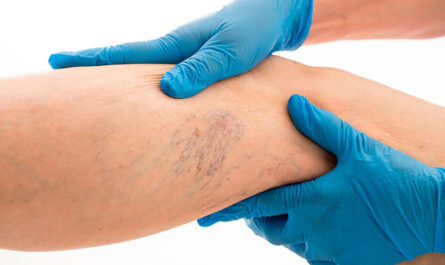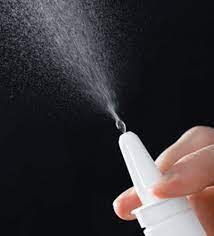
Cancer treatment has advanced tremendously in the past few decades, allowing many patients to successfully fight their disease. However, chemotherapy, one of the most common treatments, still comes with harsh side effects that severely impact a patient’s quality of life. One such common side effect is hair loss or alopecia caused by the toxic chemotherapy drugs. Now, a new treatment called scalp cooling aims to reduce or prevent this hair loss, offering hope to cancer patients.
How does Scalp Cooling Work?
Scalp cooling works by lowering the temperature of the scalp during chemotherapy infusion. When cold is applied to the scalp, it causes the blood vessels to constrict, reducing blood flow to the hair follicles. Since chemotherapy drugs travel through the bloodstream to reach cancer cells, less drug reaches the hair follicles when blood flow is restricted. This helps prevent or reduce the amount of chemotherapy that reaches the hair follicles, protecting hair follicles from damage and subsequent hair loss.
Scalp cooling systems used in hospitals and cancer centers consist of a special cold cap that is placed on the patient’s head before, during, and after chemotherapy infusion. The cap is connected to a machine that circulates very cold liquid, usually around -4°C to -8°C, through channels in the cap to cool the scalp. Patients usually need to keep the cap on for about 2 hours after chemotherapy ends to allow the drugs to clear from the scalp area.
Effectiveness of Scalp Cooling
Studies show scalp cooling can reduce the chances of hair loss in about 50-70% of patients undergoing chemotherapy. The level of effectiveness depends on various factors like the type and dose of chemotherapy drugs used, the patient’s hair thickness and color, age and gender. Younger patients and those with darker, thicker hair tend to experience better results.
Cooling needs to begin as soon as chemotherapy starts for maximum benefit. Starting it later or removing the cap too soon reduces effectiveness. Some patients may still experience partial hair loss where hair thins out but does not fall out completely. Very few experience no hair loss at all. Even when hair loss occurs, it tends to be less severe than without scalp cooling. Regrowth after treatment ends is usually very good.
Advantages of Scalp Cooling
For cancer patients worried about losing their hair during chemo, scalp cooling provides immense psychological benefits. It helps them maintain a sense of normalcy, control over their body and treatment experience. Preventing hair loss also reduces social isolation as patients do not have to deal with stares and unwanted attention due to their illness. This improves their confidence and ability to cope better.
It can also increase treatment compliance as patients are more likely to complete the recommended chemotherapy cycles when side effects are reduced. This improves treatment outcomes. As hair regrows after treatment ends, it serves as a hugely positive symbol of regaining health and overcoming cancer. Friends and family also find it reassuring to see no visible signs of illness.
Scalp Cooling Side Effects
While generally well-tolerated, scalp cooling can cause side effects like headaches, numbness or tingling sensations in the scalp from cold exposure. It may also cause mild scalp pain, tightness or tenderness. These side effects are usually temporary and resolve once the cap is removed. Very rarely, it can cause frostbite on the scalp if safety procedures aren’t followed. This risk is minimized by proper monitoring during treatments.
Some patients may experience milder or delayed hair loss after scalp cooling compared to without. But this is still preferable to complete baldness for most. It’s important to discuss realistic expectations with your oncologist as complete prevention of hair loss may not be guaranteed. However, the benefits of reduced hair loss and better quality of life make it a valuable option for eligible patients.
Scalp Cooling Availability
Not all hospitals and cancer centers currently offer scalp cooling. The treatment requires specialized cooling devices and staff training to administer it safely. Insurance coverage also varies – while some plans cover the costs, others may not. In such cases, patients need to pay out of pocket, which can be a limiting factor.
Advocacy efforts are ongoing to expand scalp cooling availability and insurance coverage so that more chemotherapy patients can access this supportive treatment. With acceptance growing and research continually proving its value, scalp cooling is slowly becoming a standard part of cancer care worldwide. This will help minimize one of the worst psychological side effects of chemotherapy and improve quality of life at a vulnerable time.
To conclude, scalp cooling is a promising new technology that effectively reduces hair loss for many chemotherapy patients without compromising treatment effectiveness. By preventing this traumatic cosmetic side effect, it empowers patients psychologically and improves their ability to cope and recover from cancer treatment’s toxic impact on the body. As adoption increases, it will transform the experience of chemo for generations to come.
*Note:
- Source: Coherent Market Insights, Public sources, Desk research
- We have leveraged AI tools to mine information and compile it


